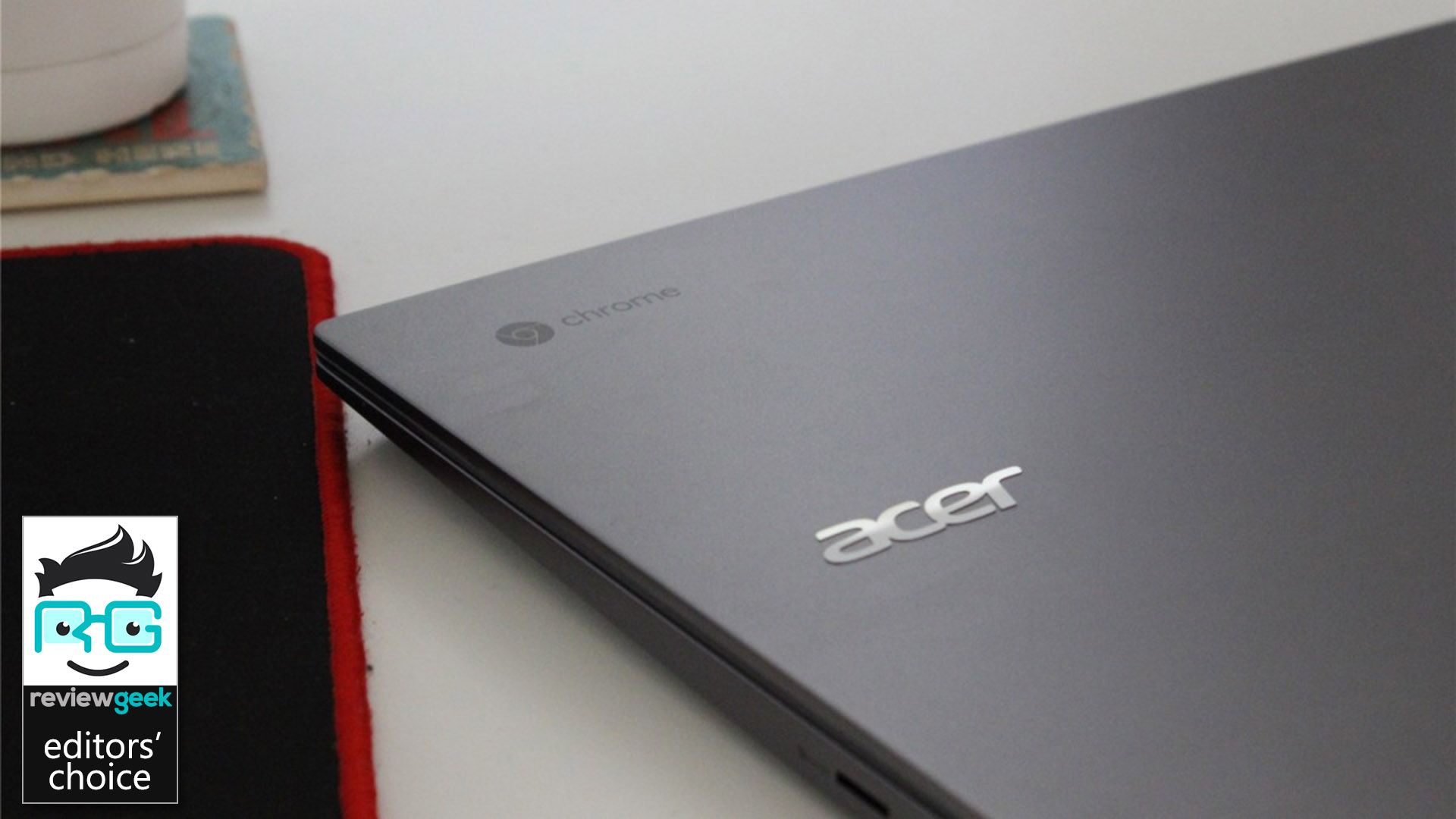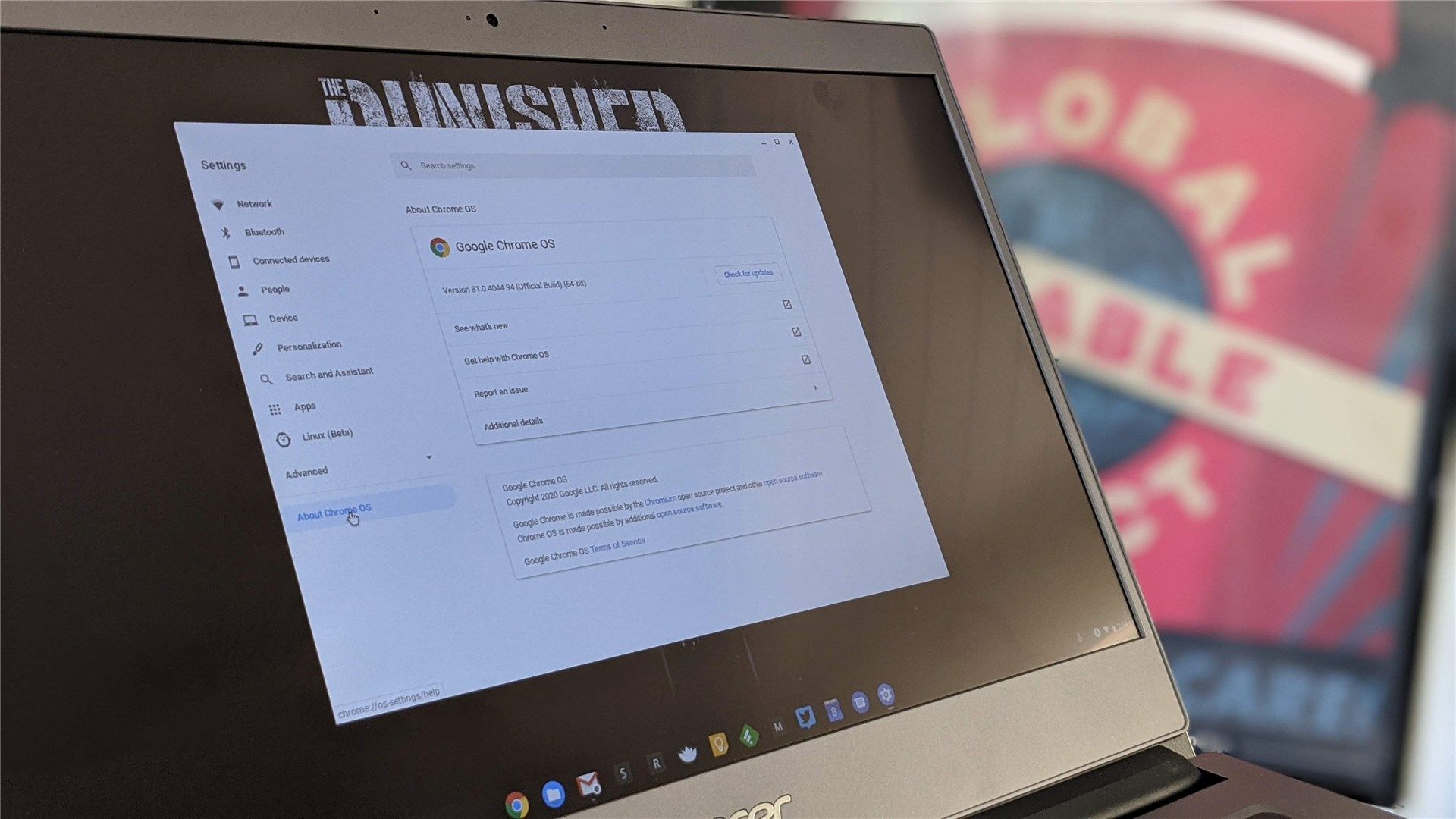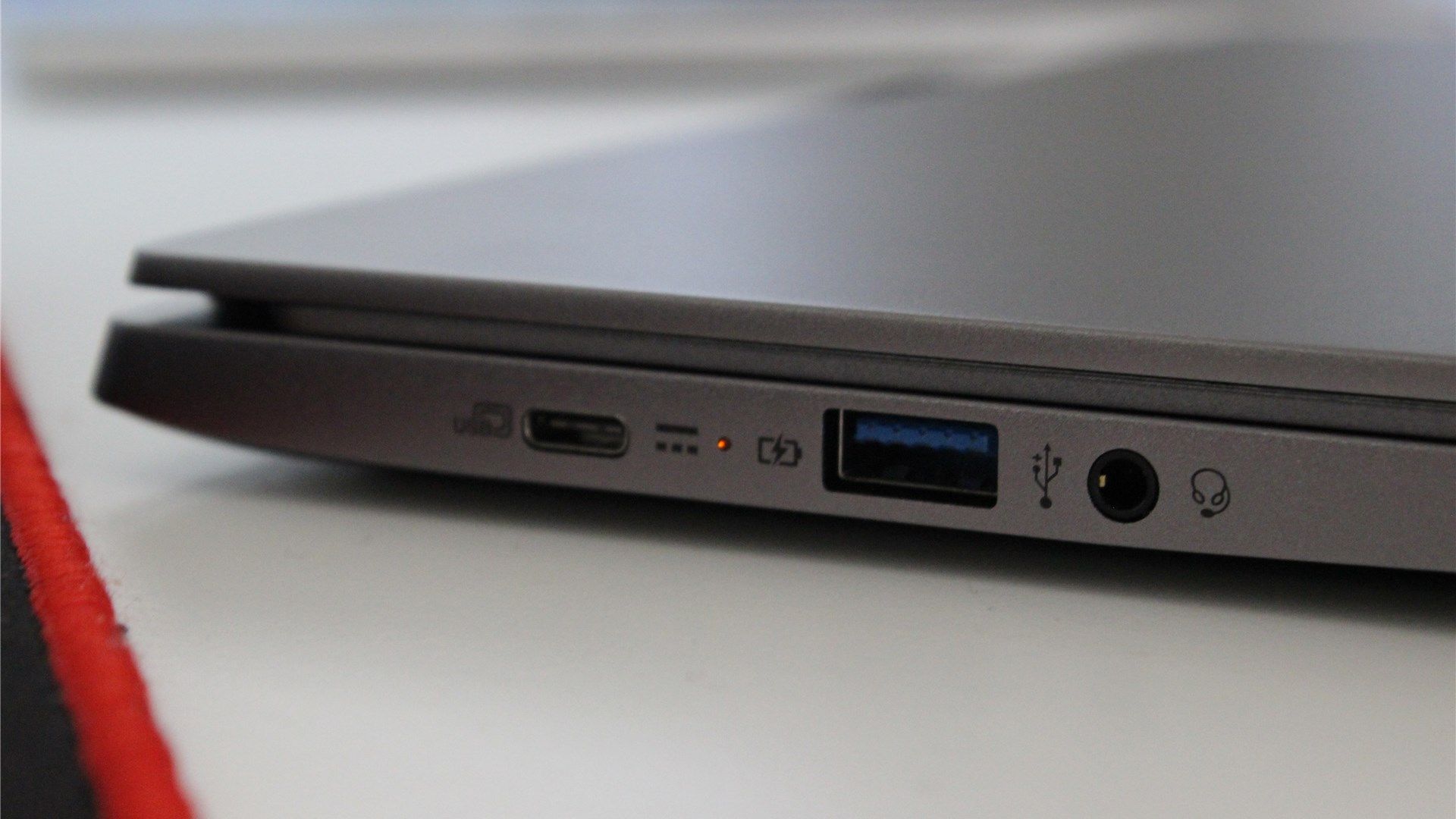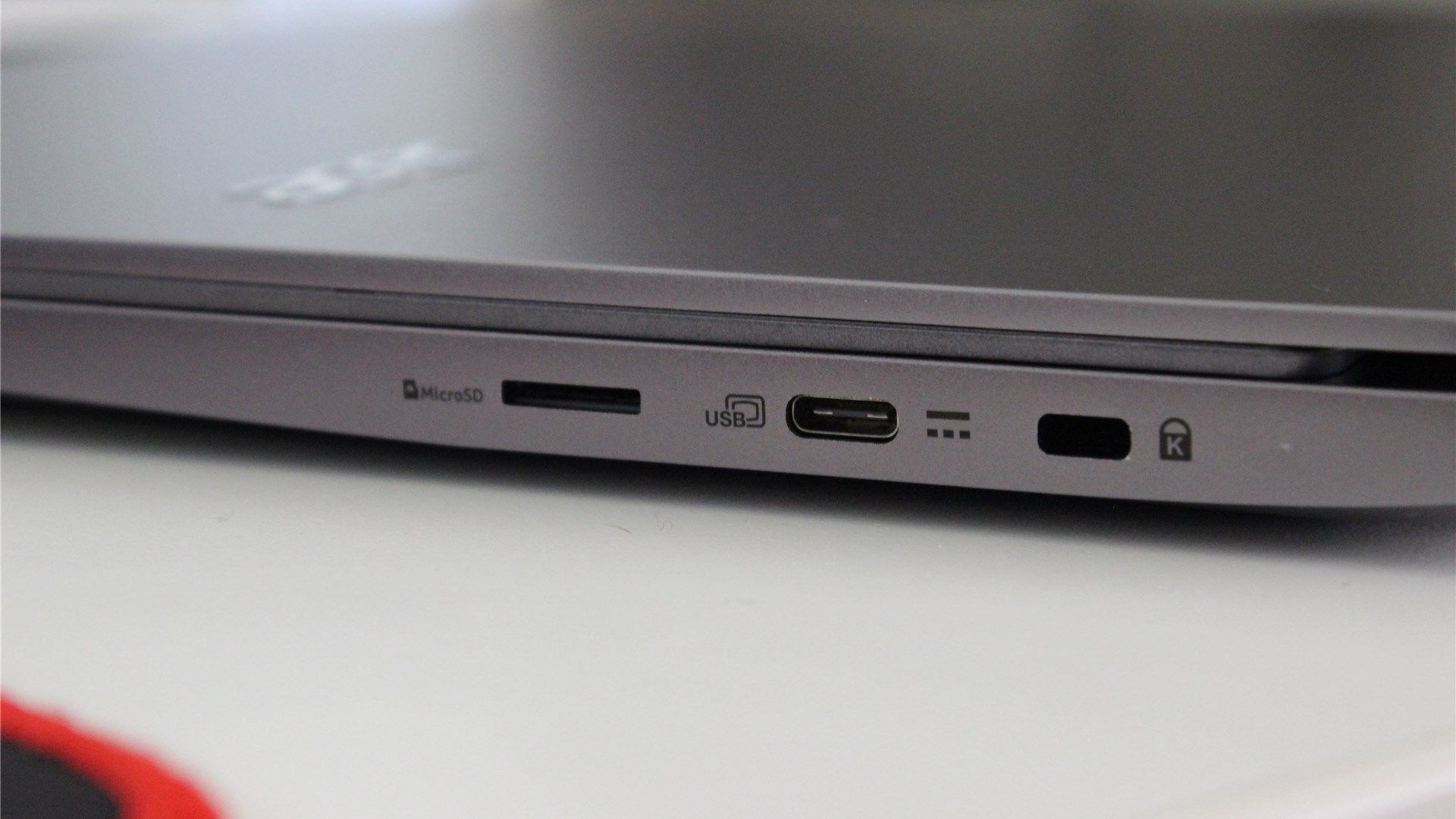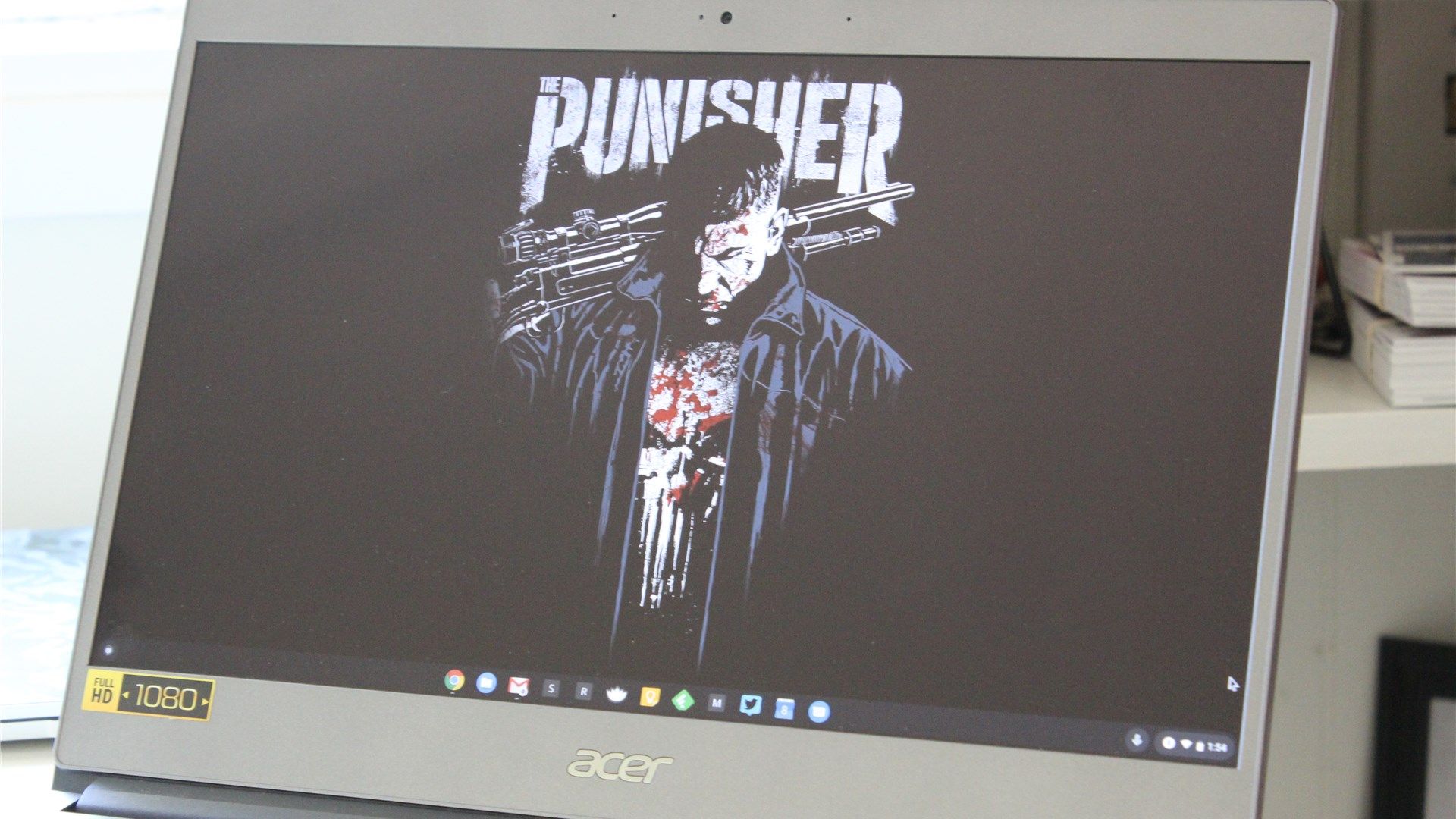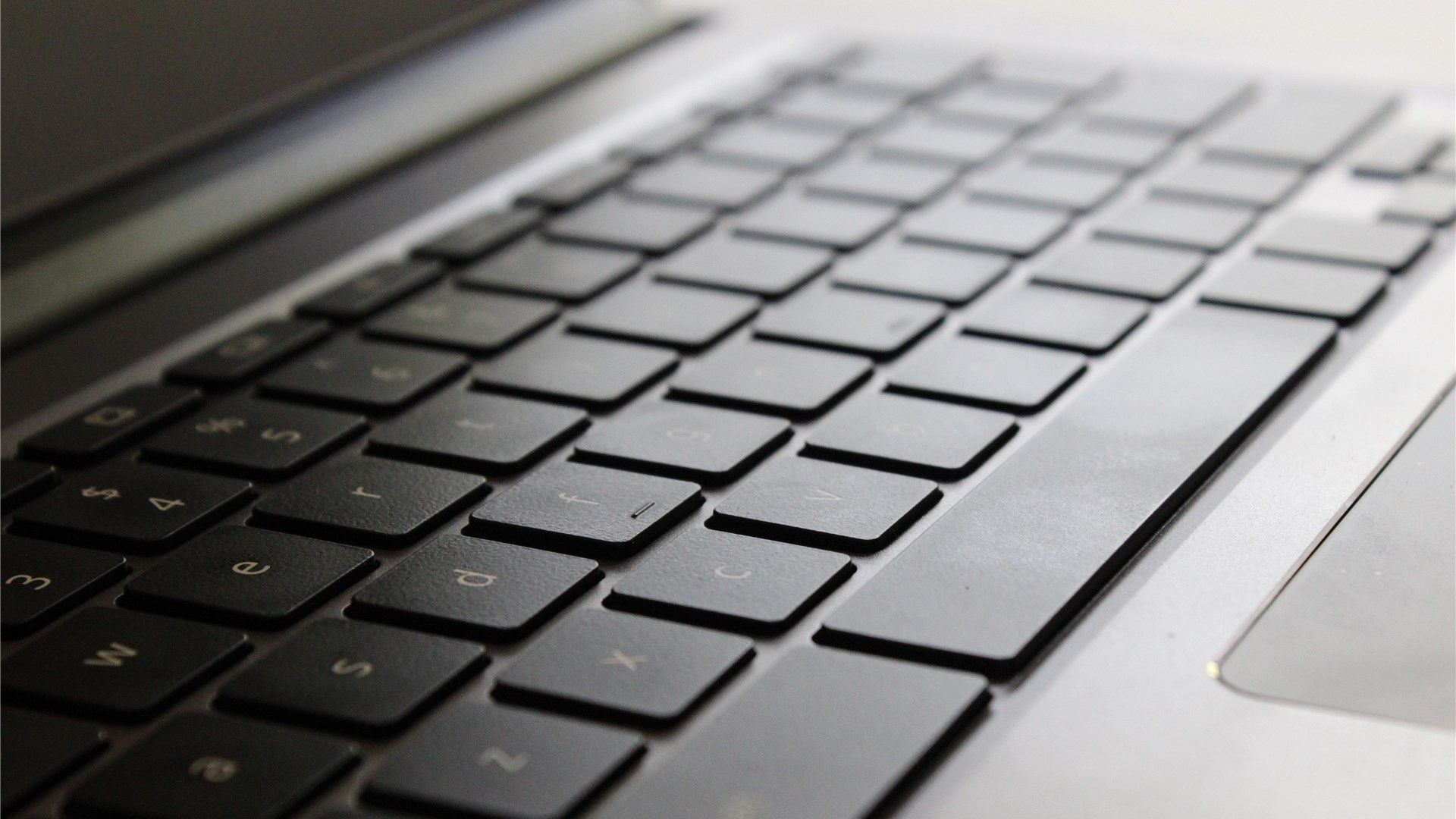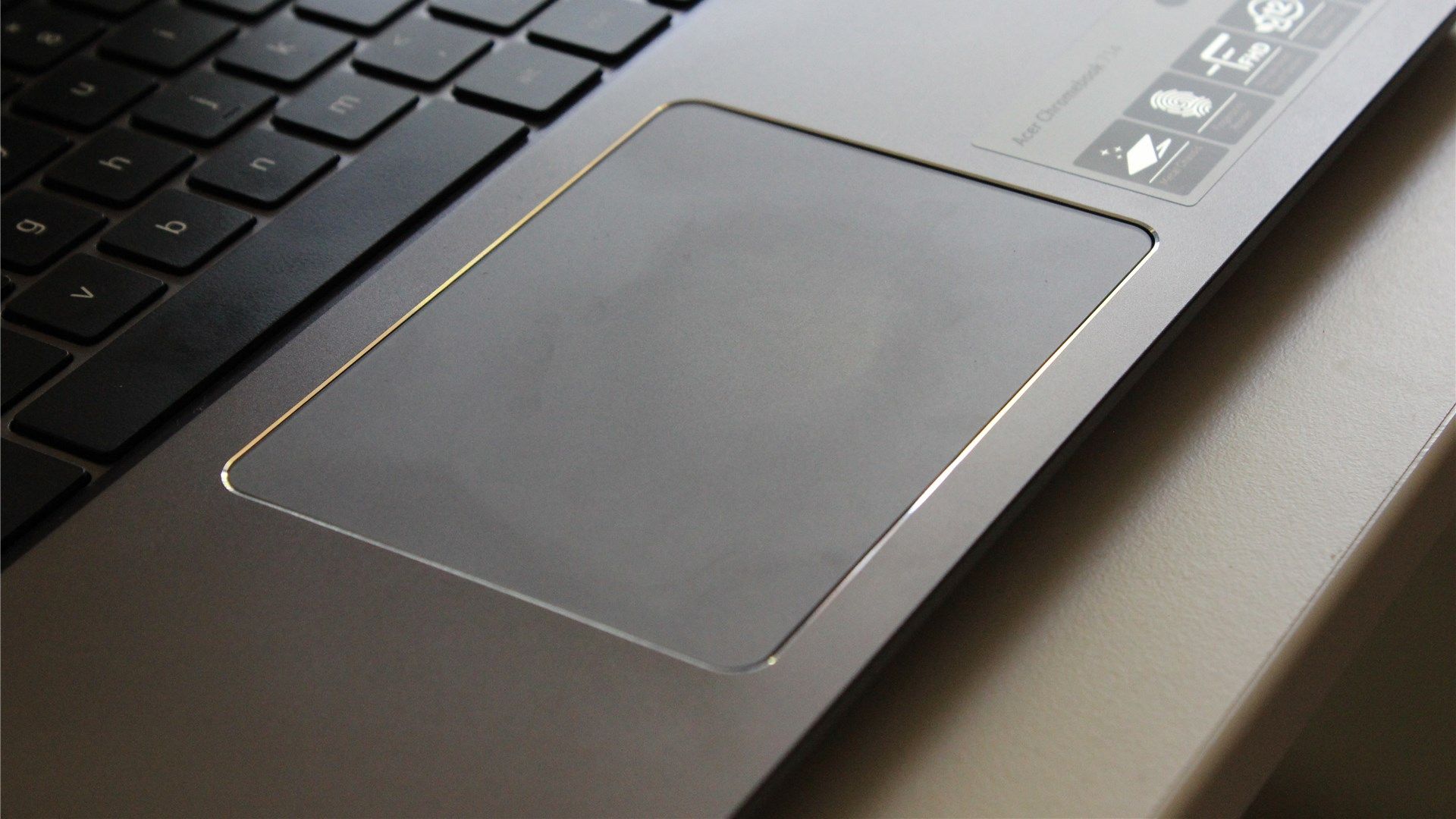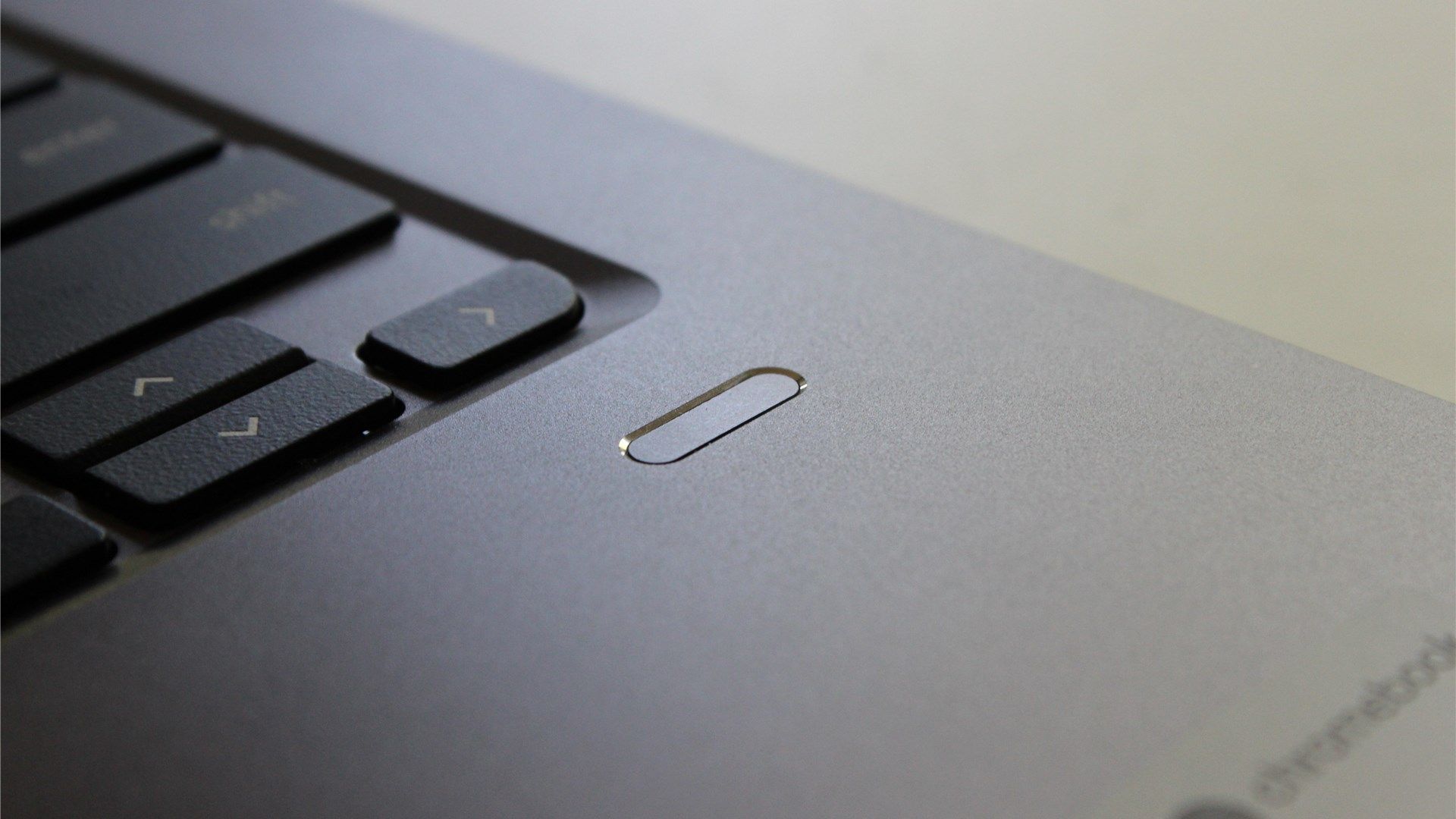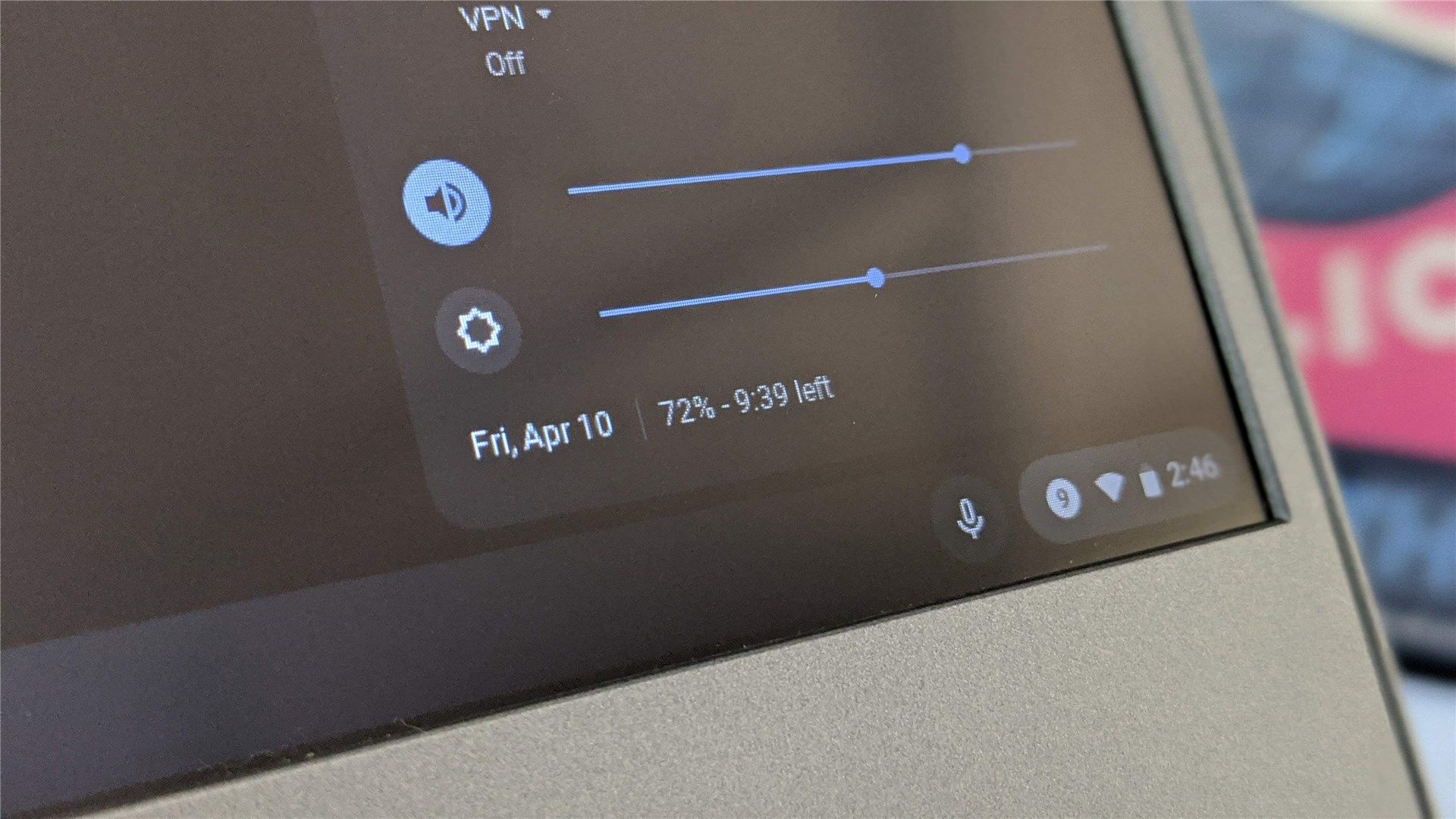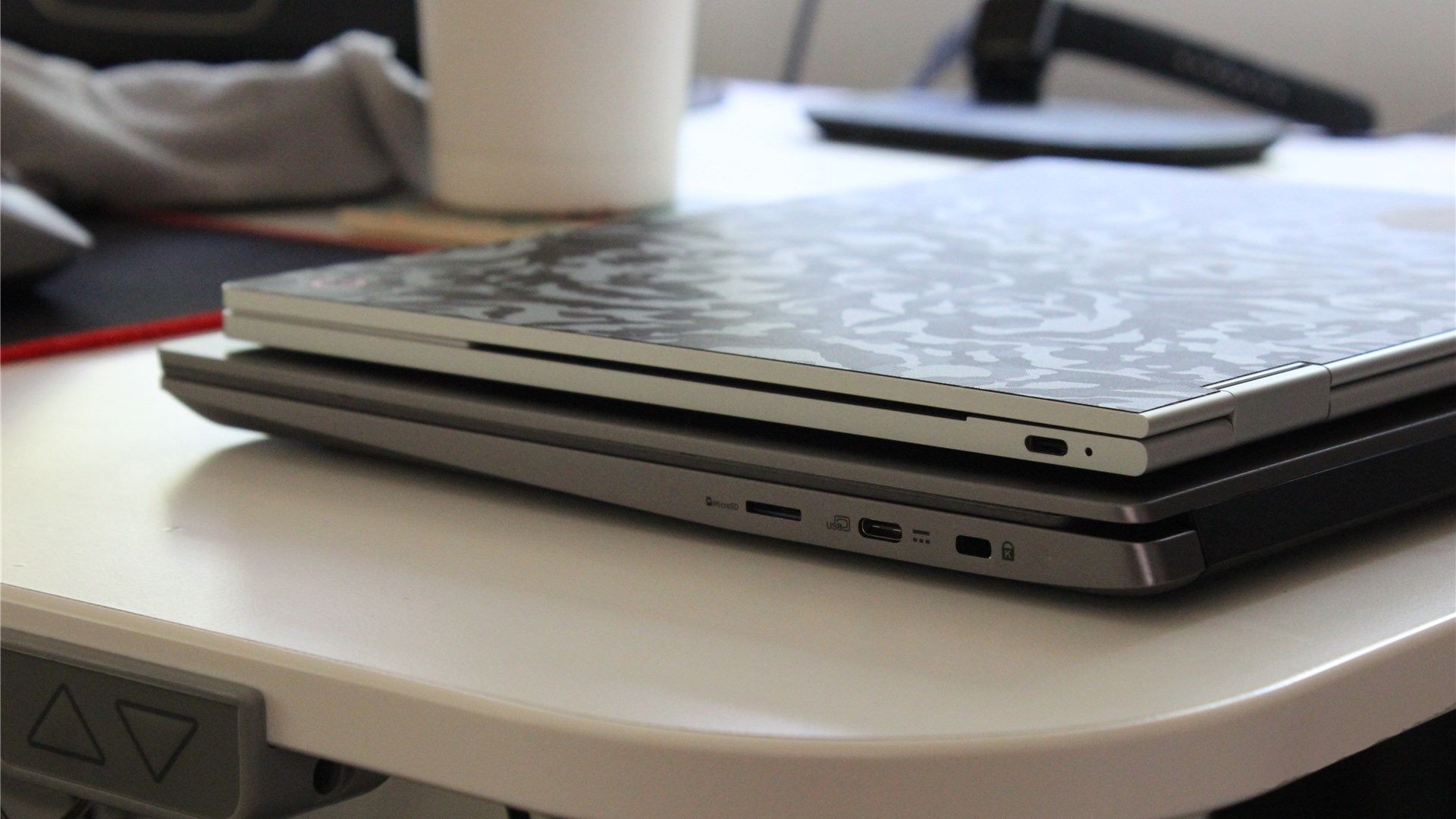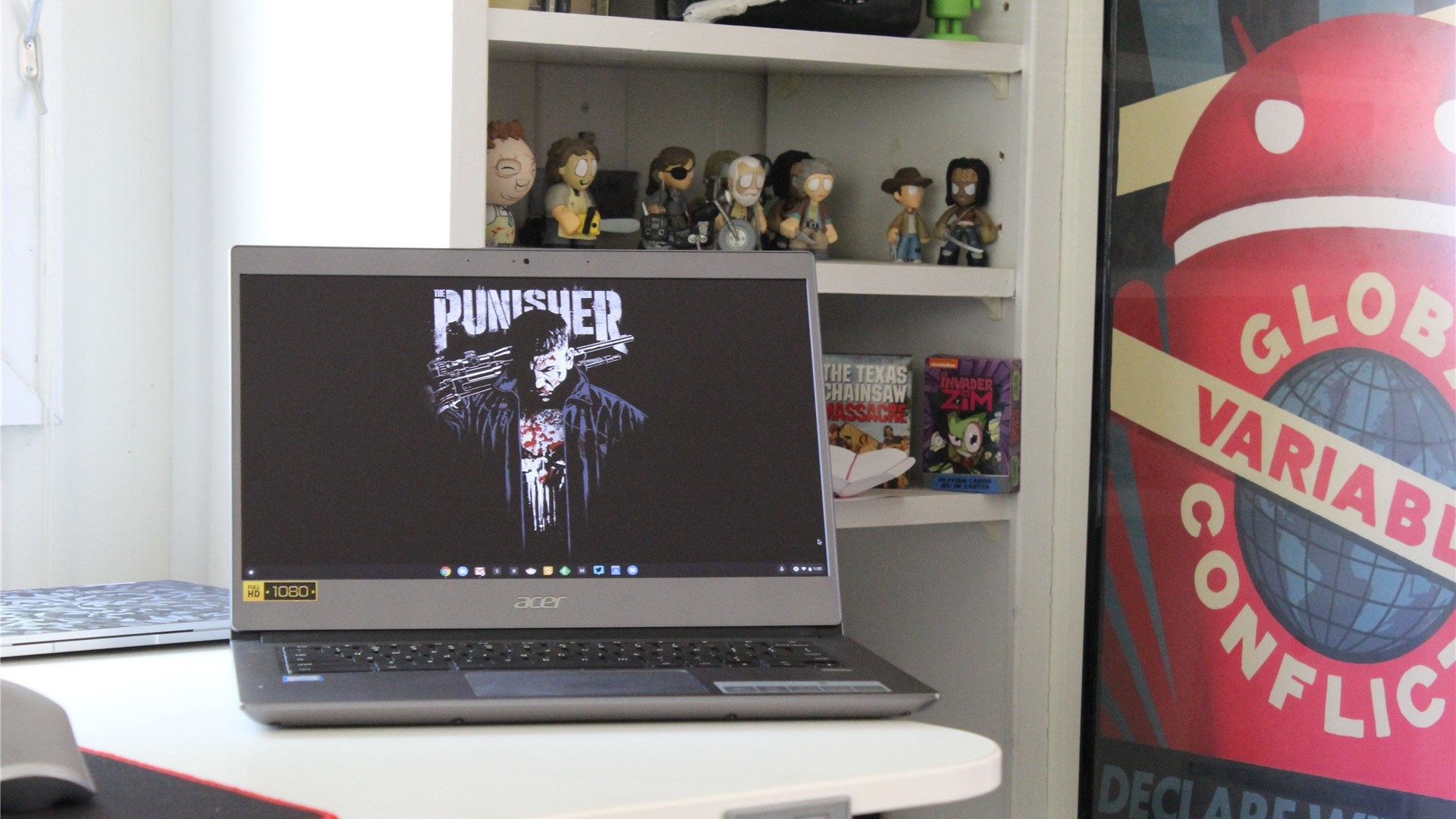Quick Links
Chromebooks have come a long way from the weak-and-powerless days of yore. Devices like the Google Pixelbook rival the spec sheet of most MacBook or Windows laptops now. But all that power comes at a higher price. If you're looking for a speedy Chromebook with a budget-conscious price, the Acer Chromebook 714 should be on your shortlist.
The 714 is packing modest specs for most laptops. Still, most would consider them very generous for a Chromebook. Here's a quick look at what's under the hood (as reviewed):
- 14-inch 1080p IPS display
- 2.2 GHz Intel Core i3 Processor
- 8 GB RAM
- 64 GB storage
- Fingerprint reader
- 1x UBS-A port, 2x USB-C, 3.5 mm headphone jack, microSD card slot
...and you get all that for $599, which ain't too shabby. For comparison, the $650 Pixelbook go has similar specs, but a Core m3 processor. The i3 in the 714 gives a decent performance bump for the money. Otherwise, you'll need to bump to $850 on Go, which has an i5 chip and 128 GB of storage.
Of course, specs aren't everything. There are real-world implications here---like how it is to use. And while I don't have a Pixelbook Go to compare with, I've been using the original Pixelbook for a couple of years.
Want the long and short out of the gate? There's a lot to like about the Chromebook 714. It's a good value. Performance is peppy. The fingerprint reader is cool.
But the keyboard isn't great. The screen is dull and lifeless. The build quality is less than stellar. The idle battery life sucks.
I will admit that it sounds worse than it is when laid out like that, because it's fine. Like many Acer products, it's not going to win any awards for being amazing. But it offers some damn good bang for the buck.
Operating System: Chrome OS is Chrome OS
If you've never used Chrome OS, here's what I can tell you about it: it's the same on every device. My Pixelbook's OS is the same as this Acer, which is the same as my old Chromebook Flip. Chrome OS is beautiful because it's the same across all Chromebooks, Chrome tablets, and Chromeboxes. Once you've used it, you've used it.
So the 714 is as familiar as any Chrome OS user will be with a laptop. Log in, all your stuff syncs, and you're off the races. And if it's your first time with Chrome OS, all of your Chrome settings from a Windows or macOS machine will sync. Nothing to it.
Like most new Chromebooks, the 714 also has support for Android and Linux apps, so you won't be without anything new or useful on this machine.
Since it's the same operating system across all devices, we're going to focus exclusively on the hardware from here on out.
Build Quality: It's Fine
If you're looking for the thinnest, lightest Chromebook out there, this ain't it. It's a thicc boi, especially when compared to something ultra-svelte like the Google Pixelbook. That doesn't immediately make it bad, of course. And the odds of getting super thin, light, and sleek at this price point is pretty slim (no pun intended) anyway.
The overall design here is, again, about as basic as it gets. It's a traditional gray slab with a tapered frame. It's not a convertible, though it does have a touchscreen if you're into that sort of thing. The left side houses USB-C and USB-A ports, along with the 3.5 mm headphone jack. The right side features a Kingston security slot, another USB-C port, and the microSD card slot.
There's a distinct lack of proprietary charging ports on this computer, which can only mean one thing: it (thankfully) charges over USB-C. You can charge it from either side, but the only battery indicator light is on the left side. It's fine.
This isn't a fanless design, and the venting is all along the bottom. Typically, this isn't something I'd mention or even think about, but I recently started using a Moft laptop stand on my Pixelbook, and I love it. But since it's affixed to the base of the laptop, it can't be used on anything with vents all over the bottom. That's a real shame, because that stand is mad legit and makes a bigger difference in laptop usage that you can imagine.
But I digress. This laptop looks boring, which is fine.
No one buys an Acer for its great looks or ultra-sleek aesthetic, anyway. Unless it's a Predator, maybe.
Screen: You Can Look at It
If the build quality is just okay and the aesthetic is boring, then the screen is…pretty much alright. There's nothing to write home about here either! Imagine that.
It's not a bad screen. It's an okay screen. It's a fine screen. It's a screen that shows the thing you're looking at and allows you to do things like read text and look at memes. It does its job. It just doesn't do it with flair or beauty.
I mean, it's a 1080p IPS panel, so you probably already know what it is. It doesn't have the big, bold colors and deep blacks of an AMOLED display. It doesn't have great color reproduction—it's somewhat washed out. The viewing angles aren't great. Blacks are okay.
So, like the rest of the laptop, it's fine. It does what it does.
One thing I do like about the 714's display, however, is the 16:9 aspect ratio. This is very much a subjective thing, but I generally prefer 16:9 to the 3:2 ratio that's becoming more common on a lot of Chromebooks. But I also tend to work horizontally rather than vertically, with multiple windows spread across the display. Because of that, 16:9 works better for me. If you're a maximize all the windows all the time kind of person, I can see how you'd like 3:2 better.
To each his own.
Keyboard, Trackpad, and Fingerprint Reader: Input Has Never Been More Meh
As you might guess, I type a lot. The keyboard is one of the most critical parts of any laptop to me, and I've only gotten pickier and pickier over the years. The Pixelbook ruined me as far as laptop keyboards are concerned, because it's the best I've ever used.
The 714's keyboard isn't as good as the Pixelbook's, but it also not bad. It' sort of in between the Pixelbook and a cheaper Logitech keyboard like the K780. There's not a lot of travel here—maybe a bit more than I'm used to—but since Acer hasn't published exact travel specs, it's hard to say how different is.
It's also backlit, which is something I have come to expect on all but the most affordable laptops at this point. Overall the keyboard feels good and offers a good typing experience. Not sure what more you could want from it.
Below the keyboard is, of course, the touchpad. This is my favorite thing about most Chrome OS devices, as I find the touchpad more usable than basically any other laptop out there. This is true for literally every Chromebook I've used, from the super affordable Chromebook Flip C100 to the high-end Google Pixelbook. The touchpads are just good.
The 714 is no exception here. Its touchpad is very precise and generally a pleasure to use even though it's not glass. I would like to see maybe a bit more palm rejection here, but that's probably true of most Chromebooks out there. That's the only gripe I have.
Finally, there's a unique-ish feature on the 714: it has a fingerprint reader. It's funny---as most Android phones start to move away from fingerprint readers and to face unlock options, more Chromebooks will start to add them. I just hope they're better than the one on the 714.
In all honesty, it's not great. It took multiple attempts to unlock the Chromebook for me every single time I used it. All told, I imagine I could've typed a PIN or password faster than using the reader about 90 percent of the time. At this point, I'd say it's more of a novelty. I'm not sure if that's more of a Chrome OS issue or this is a cheap fingerprint reader. Or maybe a combination of both. But it's worth noting that the Pixel Slate has the same issue, so it's not just a problem with the 714.
Performance and Battery Life: Plenty of Both
What good is a laptop if you can't use it to get stuff done? None. Fortunately, the 714 should never leave you wanting—it's a hardware powerhouse in the Chrome OS world.
See, the thing is, Chrome OS is pretty lightweight. It doesn't need a super beefy processor and buckets of RAM to do what it does. That's why for so long Chromebooks came with low-end processors and maybe 4 GB of RAM. But as the operating system becomes more capable, users want to do more with their Chromebooks. So the need for more robust specs is there, even if everyone doesn't need them.
For me, I've been using a Chromebook as my primary laptop for three(ish) years. I've gone weeks at a time without the need to touch my desktop. For that kind of use, I need powerful specs, which is why I have a Pixelbook with an i5 processor and 8 GB of RAM. And the 714 can hang right there with it.
Technically, the 714 has a less efficient processor than the Pixelbook (i3 vs. i5), but in the real world, I can't tell the difference. I can use the two computers back to back for the same tasks, and they'll both handle everything I throw at them like it's nothing. It's hard to push this hardware to its limits on Chrome OS, so if you've always wanted a Chromebook that you never have to worry about, the 714 is a great choice.
That applies to battery life, too. Acer says the 714 should get up to 12 hours of battery life, which is (of course) a best-case example. Still, I was easily able to make it through an entire workday without the need to hit the wall. My Pixelbook doesn't get nearly the battery life of the 714, so that was a pleasant surprise.
USB-C charging is always nice, too, because it's fast, efficient, and mostly ubiquitous. I also love that, like most other USB-C laptops, you can charge the 714 from either side. It's such a little thing, but it's so helpful.
The one downside to the battery is one that I've noticed on literally every Chromebook I've ever used: the idle battery life sucks. You would think that once you close the lid, the system would go into a sleep state, and the battery drain would drop dramatically. But only half of that is true —it does go into a low power state, but the battery drain is still a lot more than you'd think.
If I leave the 714 on my desk for three days without using it, when I pick it back up, it's dead. Same for the Pixelbook. It's honestly stupid, especially since I close everything except the main Chrome window before closing the lid. There's honestly no reason it should still be sucking that much power. But here we are.
So yeah, battery life when you're using it is good. When you're not, it's garbage.
Conclusion: This Is Still A Good Chromebook
Here's the main thing: don't think that "okay" and "it's fine" are bad things. They're not. This is a good Chromebook. It's just not flashy like the Galaxy Chromebook or ultra-refined like the Pixelbook.
But it's just as powerful and useful as both, while also besting them in battery life. If you don't care about the flashiness and don't mind a few compromises to save hundreds of dollars, then you'll be quite happy with the 714.
It's okay, and that's okay.
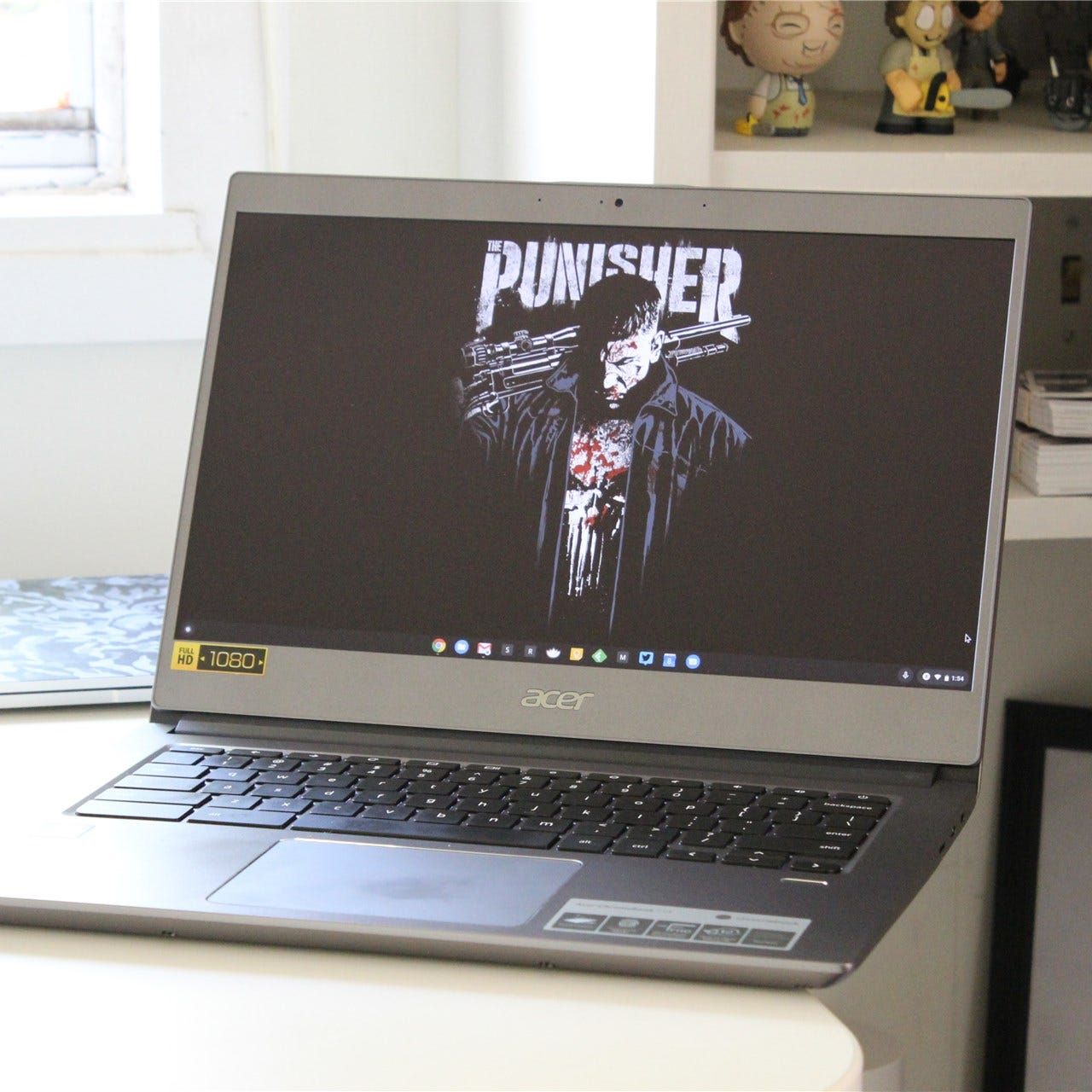
Acer Chromebook 714
- Killer performance
- Excellent battery life
- Very good value
- Bulkier than other flagship Chromebooks
- Not a best-in-class screen or keyboard

